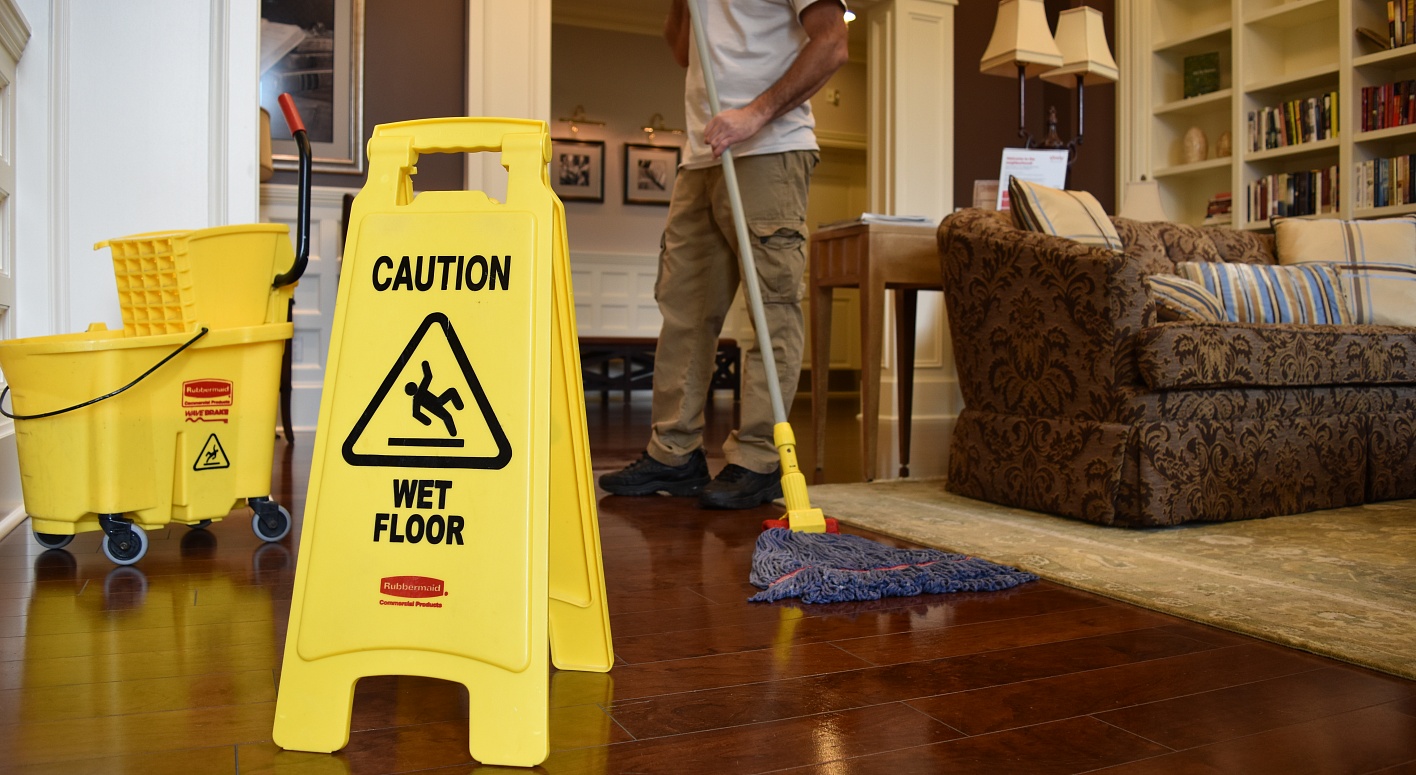The Condominium Dilemma: Owned by Everyone, Cleaned by No One
Condominium associations are popular for the range of amenities they provide. Whether it’s vibrant gardens, tennis courts, or community pools or gyms, condominium associations offer residents convenient features and care-free living.
But when money is tight, things in condominiums can go wrong quickly. What happens when there is no room in the budget to complete all the projects an association has planned for? Raising HOA fees is not a popular option, so condominium associations often resort to cutting services. Cleaning and maintenance are usually easy targets, but these are perhaps among the most damaging cuts a condo association can make. That’s because skimping on cleaning now can lead to a mountain of costs later.
In the United States, people spend about 90 percent of their time indoors, according to the Environmental Protection Agency. Unfortunately, indoor air quality is notorious for carrying a myriad of pollutants. Bacteria, fungi and viruses spread quickly indoors, especially on high-traffic surfaces commonly found across residential buildings. These microbes can be carried in by residents from the outdoors, or they can originate as a result of human and pet shedding. Either way, they propagate and lurk on everything, from doorknobs and elevator buttons to carpet fibers and mailroom surfaces.
Indoor pollutants can also be chemical in nature. These include deodorizers, lead, pesticides and volatile organic compounds. Whether biological or chemical, these pollutants may not affect human health in the short-term, but their build-up over time can lead to respiratory illnesses, cancers and other concerns. In some cases, these pollutants can damage the structural components of a building, especially when it comes to mold infestations or dust accumulation in ducts and vents.
Poor building design and construction can exacerbate these problems, making the pollutants spread more efficiently. “In some cases, buildings fail to deliver acceptable indoor environmental quality even at the time of their initial occupation,” according to Microbiomes of the Built Environment, published by the National Academies of Sciences, Engineering, and Medicine. For example, HVAC duct systems are often hard to reach in big buildings, making it difficult to diagnose leaks and mold strongholds. Trash compactors installed next to residential units can harbor infectious bacteria, allergens and toxins, posing a risk to the residents across the wall.
Effective cleaning, therefore, requires not simply cleaning for aesthetics, but successfully optimizing the indoor environment. Professor Gene Cole, director of research for LRC Indoor Testing & Research, defines effective cleaning as a “frequent cleaning removing unwanted matter that becomes component of dust and becomes airborne.
At Avery Cleaning, we work closely with you to develop a cleaning schedule that matches the specific needs of your complex. We determine cleaning frequency based on factors like the amount of daily foot traffic, the structural components and size of the building, the design of the HVAC system, and the locations of the various facilities on your property.
Avery’s cleaning services cover carpets, bathrooms, gym floors, upholstery furniture, build-ups in grout, trash rooms and trash compactors ,and social rooms and club houses.
Our goal is to help you maintain a healthy indoor environment by preventing dust and moisture from accumulating and becoming active, pollutant-disseminating sources. In the long run, a clean indoor environment translates into savings on both healthcare and building repair costs.
Call us today at (860) 503-8333 to learn more, or click here to receive a FREE year of Carpet Cleaning services for common areas when you sign a yearlong agreement for a Regular Janitorial Service.

